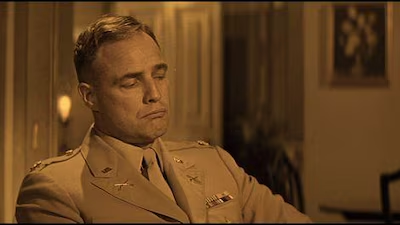Aldo Tonti
About
Biography
Biography
Beginning as a camera assistant in 1934, he emerged as a cinematographer in 1939 and gained prominence for his contribution to the groundbreaking film of Italian neo-realism, Luchino Viscounti's "Ossessione" (1942). Tonti went on to collaborate on such classic works as Federico Fellini's "Nights of Cabiria" (1957), Alberto Lattuada's "The Bandit" (1946) and Mario Monicelli's "Casanova 70" (1965).
Tonti also worked in the US on such features as Nicholas Ray's "The Savage Innocents" (1960), John Huston's "Reflections in a Golden Eye" (1967) and Terence Young's "The Valachi Papers" (1972)
Filmography
Cinematography (Feature Film)
Misc. Crew (Feature Film)
Life Events
Videos
Movie Clip












Trailer
















